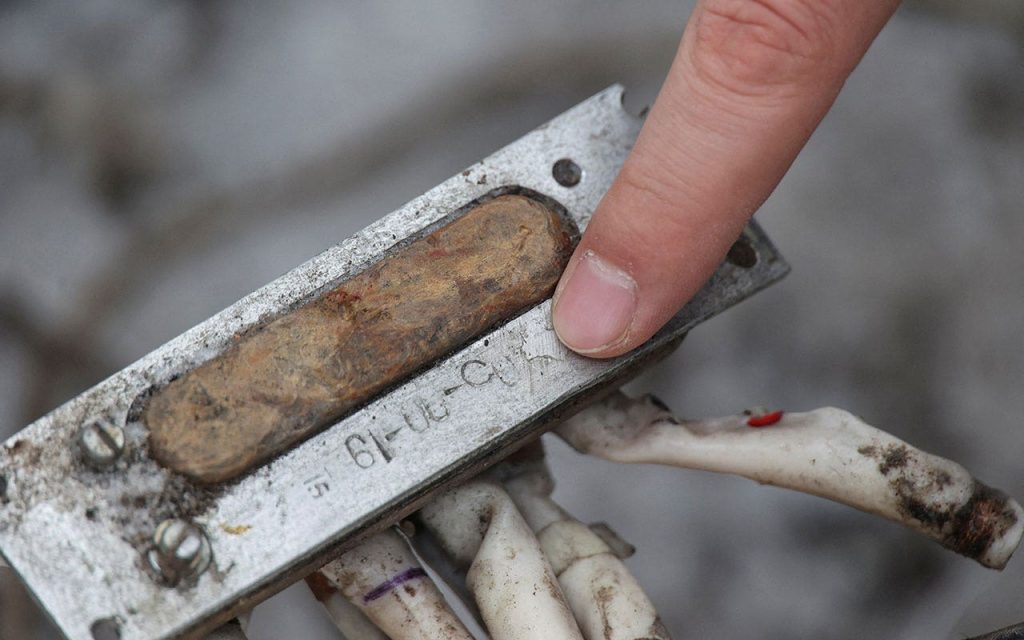Ukrainian prosecutors have been examining debris from 21 North Korean missiles launched by Russia in order to assess the threat they pose. They found that about half of the missiles lost their programmed trajectories and exploded in the air. Despite the failure rate of the North Korean missiles, they make up a small fraction of Russia’s strikes in the Ukraine war. The investigation is ongoing as they seek to understand the level of cooperation between Moscow and Pyongyang. The use of North Korean missiles has caused alarm internationally, as it could undermine efforts to prevent North Korea from expanding its nuclear and ballistic missile programs.
Russia’s collaboration with North Korea has raised concerns as it may make it more difficult for the United Nations to enforce sanctions against Pyongyang. Moscow vetoed the renewal of the U.N. sanctions monitors, which would have made it challenging to monitor the sanctions imposed on North Korea in 2006. This move, along with North Korea’s alleged use of ballistic missiles, has led to questions and unease among permanent members of the Security Council. Russia’s backing of North Korea’s actions could potentially weaken key international institutions such as the U.N. Security Council, according to experts.
The prosecutor’s office in Ukraine has been able to identify North Korean missiles by examining their flight trajectories, speed, and launch sites when debris from impact sites could not be collected. The North Korean missiles, also known as Hwasong-11 or KN-23, have been used in several attacks in various regions of Ukraine, including Kyiv, Kharkiv, Poltava, Donetsk, and Kirovohrad. These attacks have resulted in the deaths of 24 individuals, injuries to 115 others, and damage to residential and industrial buildings. The missiles were launched from multiple sites in Russia, including in Belgorod, Voronezh, and Kursk. The investigation is ongoing to determine the extent of North Korean involvement in the launches.
The last recorded use of a KN-23 missile was on February 27, when the Ukrainian city of Kharkiv was struck. The total number of launches identified aligns with intelligence showing that North Korea delivered around 50 ballistic missiles to Russia. This transfer of missiles and artillery rounds from North Korea to Russia is believed to have occurred following a summit between Kim Jong Un and Vladimir Putin in September. The investigation by Ukrainian authorities is continuing, with the focus on gathering evidence and determining the source of support for the missile launches. It is still unclear if North Korea dispatched instructors to oversee the launches.
The use of North Korean missiles in the Ukraine war has brought renewed attention to the relationship between Russia and North Korea. The lack of transparency and cooperation from both countries in response to inquiries raises concerns about their intentions and actions. The international community, including the United States, China, Britain, and France, must remain vigilant in monitoring and responding to any further collaboration between Russia and North Korea. The ongoing investigation in Ukraine highlights the importance of understanding the impact of external influences in conflicts and addressing potential threats to global security. The collaboration between Moscow and Pyongyang could have far-reaching consequences and must be carefully monitored and addressed.


